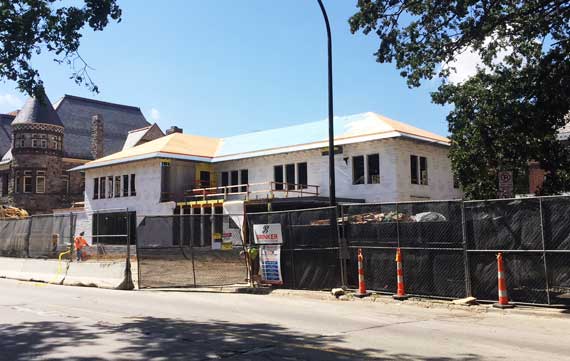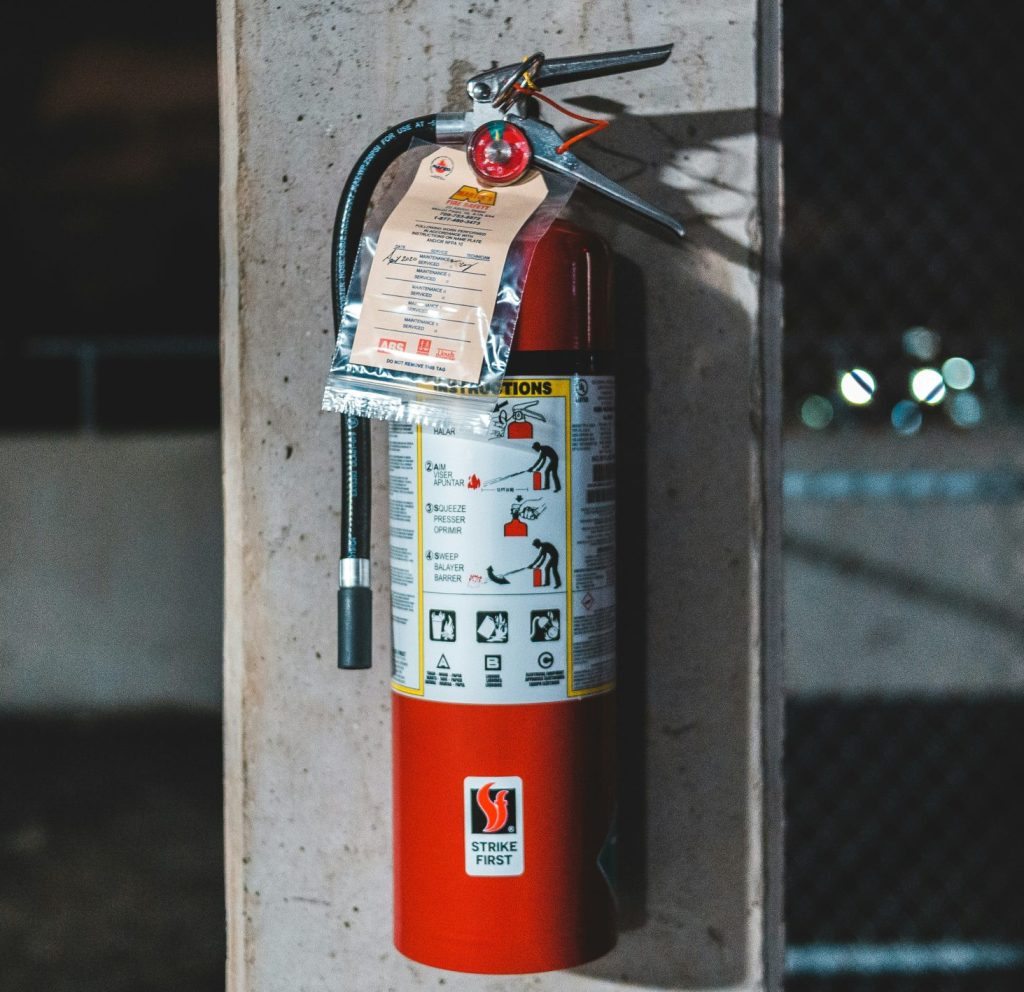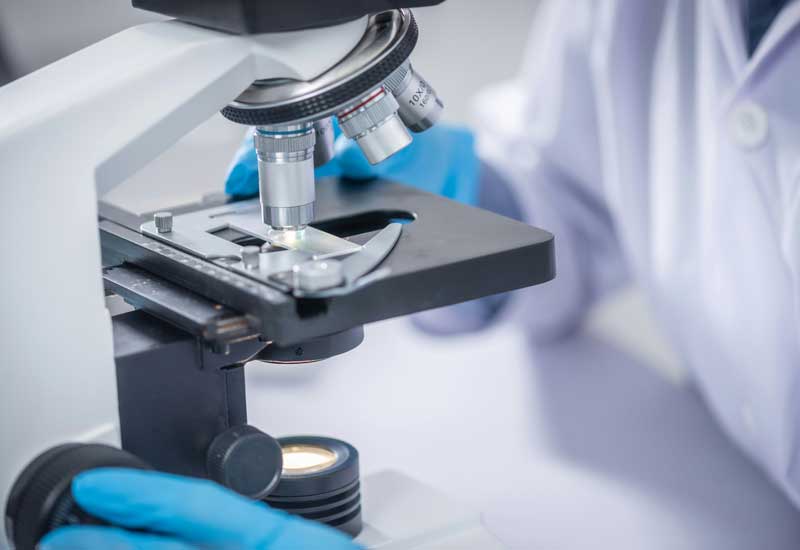Biological Information
Biological Information
Biosafety Level 1 (BSL1) – Well characterized organisms that pose a low risk to the community and are unlikely to cause disease in immunocompetent healthy adults. Typically, organisms classified as risk group 1. Some examples include but are not limited to: Bacillus subtillis (asporogenic) and Escherichia coli K-12.
Biosafety Level 2 (BSL2) – Organisms that pose a moderate risk to the individual and community. When good lab practices are followed these organisms rarely cause serious disease, and effective treatment for infections is available. Typically, organisms are classified as risk group 2. Some examples include but are not limited to:
- Aspergillus fumigatus
- Candida albicans
- Corynebacterium diptheriae
- Enteroccus faecalis
- Klebsiella pneumoniae
- Proteus vulgaris
- Salmonella typhimurium
- Staphylococcus aureus
- Streptococcus agalactiae
- Streptococcus pneumoniae
- Streptococcus pyogenes
- Human derived materials and cell lines
Biological Organisms
- Cultures used in teaching laboratories should come from authorized, commercial, or reputable sources.
- Fresh stock cultures of organisms should be obtained annually, to be certain of the source culture, minimize spontaneous mutations, and reduce contamination.
- Organisms should be stored in a secure location.
- Non-pathogenic organisms should be used in place of pathogenic organisms whenever possible.
- Pathogen safety data sheets are available for many organisms
- A detailed U-M biosafety manual is available
- A University Exposure Control Plan is available






